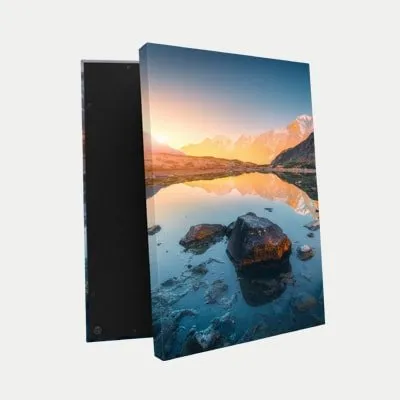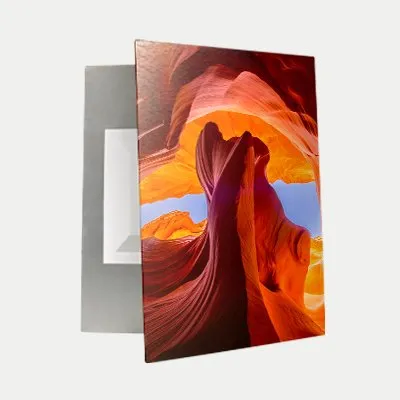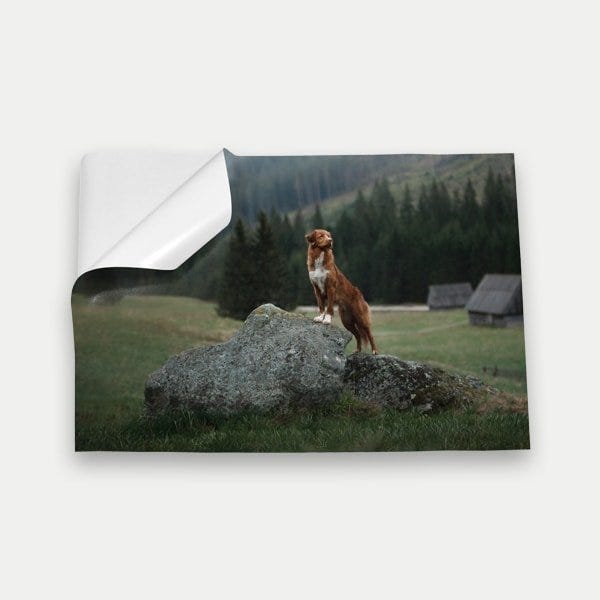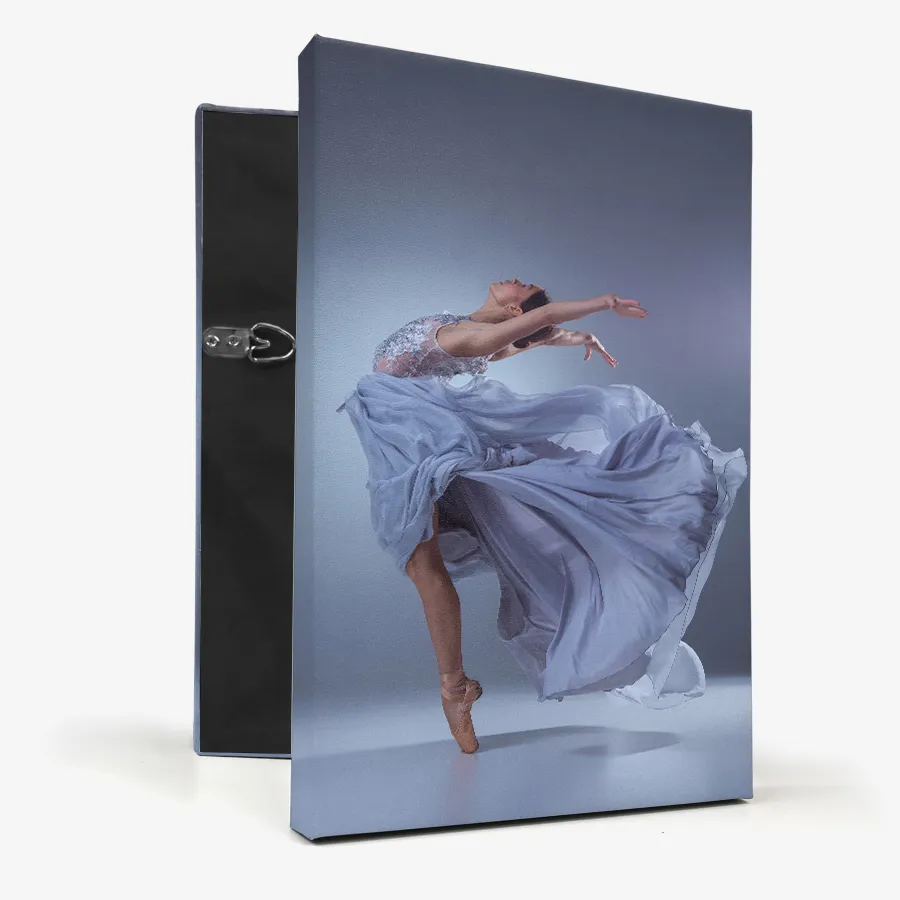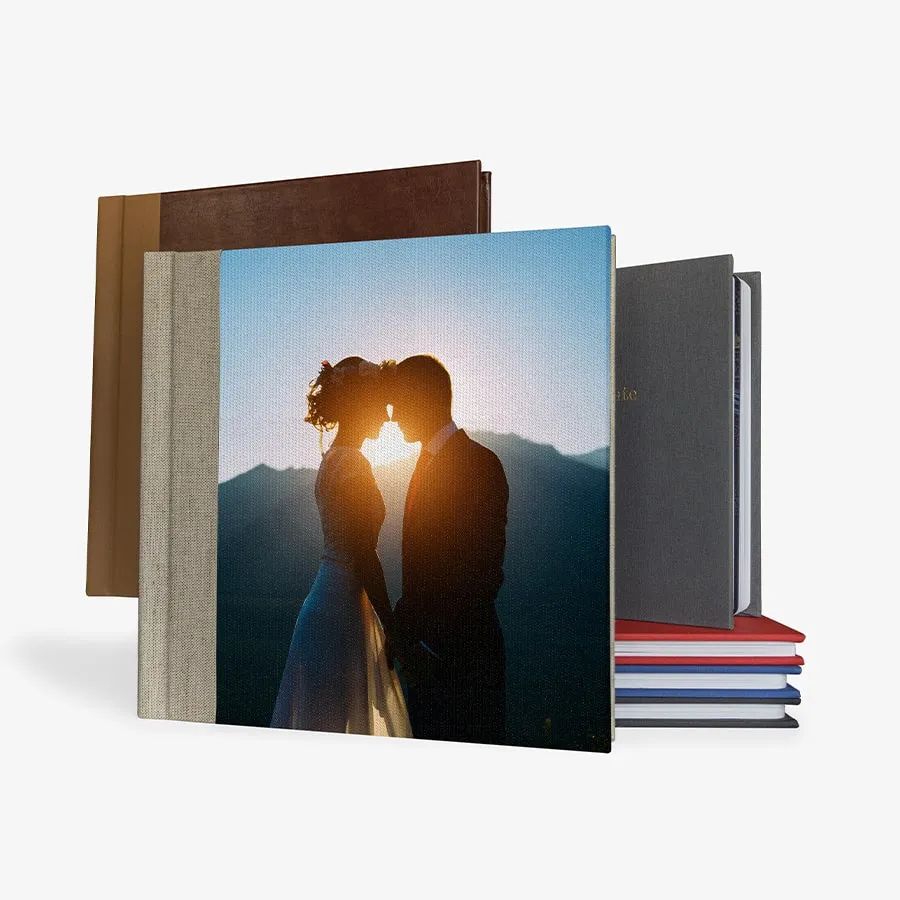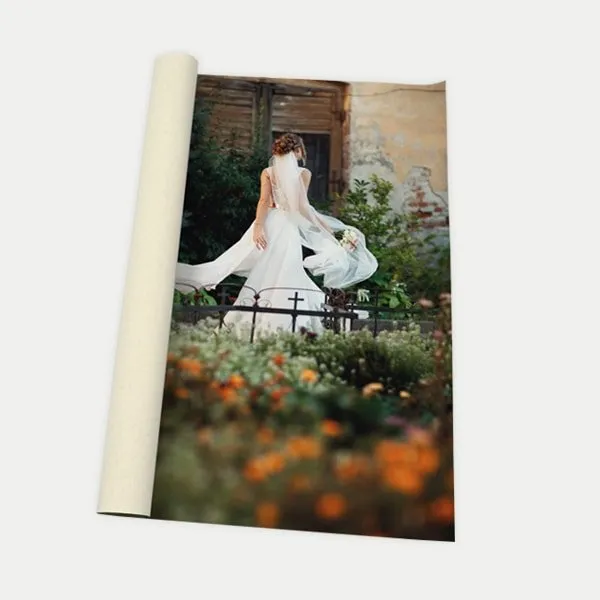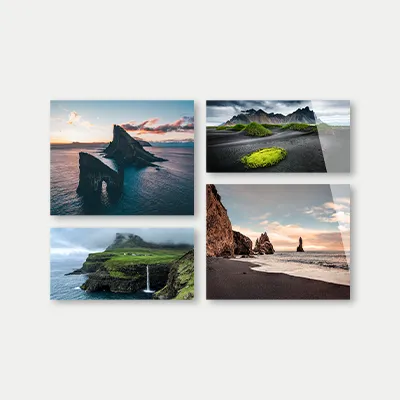10 Tips for Professional Photographers on Capturing Wildlife Photos

Wildlife photography is one of the most exciting branches of photography and presents countless opportunities for taking world-class professional shots. From the savannahs of Africa to the Amazon rainforest and everything in between, the world is full of exciting creatures to capture on camera. But wildlife photography is also one of the most challenging disciplines for professional photographers, and there is a lot to learn when it comes to mastering the craft. So, in this article, we will go over ten tips that will help you on your journey towards becoming the next star photographer for National Geographic.

1. Pack the right gear
When you set out to film anything, it's important that you have the right gear, such as proper clothing, snacks, and everything else you'll need for a potentially long day in the field. But this is especially true when it comes to wildlife photography. Of all the different photography disciplines, wildlife photography, without a doubt, takes photographers to the dirtiest, muddiest, wettest environments.
In fact, to get the very best wildlife shots, you may have to venture to some of the filthiest places on earth, such as the middle of a rainforest, for example. As such, it's important that you have all of the necessary clothing and protective gear required to sustain yourself in those environments for a very long time without getting wet or uncomfortable, which is easier said than done.
As a general rule of thumb, you'll want to make sure that you always dress in layers so that you can adjust accordingly when the weather changes on a dime which it likely will many times throughout a wildlife photo shoot. Getting the best wildlife shots often means spending days or even weeks at a time outside, subject to the whims of Mother Nature. So, do your best to plan accordingly.
Anything you buy that is waterproof will be your friend, and depending on your destination, you may also want to consider packing extra insect repellent as well as mosquito nets and a few extra pairs of socks, which will no doubt come in handy when it begins to rain, and it will.

2. Know your lenses
As a professional photographer, you should know the different types of lenses available for your camera and what each one is capable of and used for, but this is especially true for wildlife photographers. Different environments are home to all sorts of different creatures, and as a wildlife photographer, you'll want the freedom and flexibility to be able to capture everything that comes your way.
That said, there are some creatures you'll want to shoot close-up, and many others you'd be wise to stay far away from, so make sure that you pack the right lens for each situation and be ready to change them with little or no notice. At a bare minimum, you should have a close-range, a mid-range, and a long-range lens in your kit, as this will allow you to capture the greatest number of animals under optimal conditions.

3. Study your subject
Wildlife photography is particularly difficult, and this is in part due to the fact that animal habits are sporadic and often unpredictable. Therefore, in order to give yourself the very best chance of capturing the shot that you're looking for, it's important that you understand the habits of the creature that you're trying to film. You should know not only where this animal is likely to be but when it's likely to be there.
Try to arrive well in advance of when you anticipate the animal will arrive so that you can prepare everything for your shot. In many instances, you may only get one chance to capture the shot that you're after. Keep in mind that if you arrive unprepared, then you may never have the opportunity to capture that shot again in your life. This is what makes wildlife photography so difficult, and it’s also what makes wildlife photography so rewarding.
4. Shoot in the best light
Proper lighting is important for photographers regardless of their discipline. This is true for photographers that specialize in newborn photography, wedding photography, landscape photography, portrait photography; you name it. But it's especially important for wildlife photographers; it's also particularly challenging for wildlife photographers who often don't have the luxury of being able to set the lighting themselves and instead need to rely on the light provided by nature.
However, there are a few things you can do to give yourself the best chance of having good lighting when your subject arrives on the scene. First, you should understand the sun's movements and when it provides optimal lighting conditions for filming wildlife.
Generally speaking, it's best to shoot during the blue hours, which are the times just before dawn and just after dusk when the sun is sitting right below the horizon. At these times, the sun lights the environment in a majestic way without casting harsh shadows, and more often than not, the best wildlife photos are taken at these times of the day.
If you aren't able to shoot during the blue hours, then just be aware of where shadows are in your frame, it isn't always possible to control the lighting as a wildlife photographer, as animals can show up unannounced from any direction at any given time. But, by positioning yourself in such a way that minimizes the glare from the sun, you can reduce the odds of harsh shadows ruining your shot, especially in the middle of the day when the sun is directly overhead.

5. Know each camera setting in depth
As a wildlife photographer, you should know every setting in your camera, like the back of your hand. This will allow you to switch settings quickly, which you will need to do if you want to capture the best shots. Unlike other types of photographer's wildlife photographers often aren't able to preconfigure their cameras for the shots that they would like to capture and instead are at the mercy of nature. By knowing your camera inside and out, you'll be able to switch your settings as quickly as humanly possible, which will give you the best chance of coming away with a world-class shot.
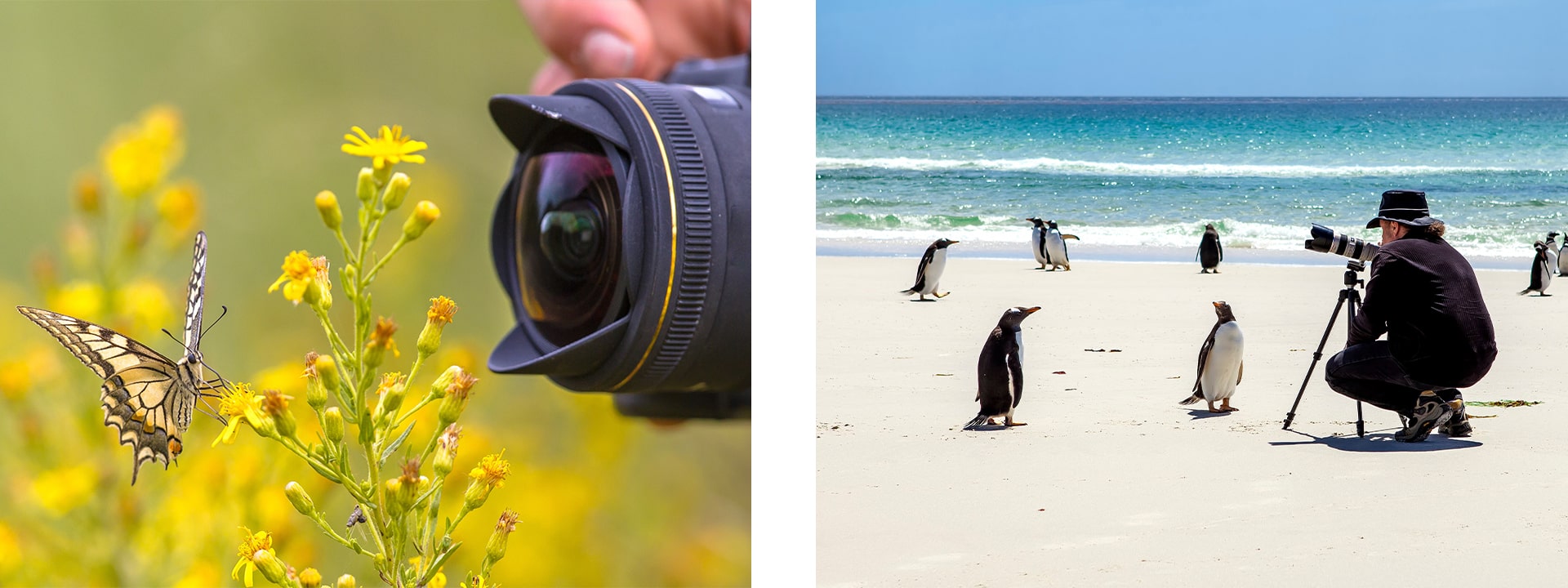
6. Get up close and personal
The next step is to get up close and personal with the wildlife that you're shooting. This is, of course, assuming that it isn't a dangerous predator. Close-up shots are often the very best and highlight the animals' features which is what most people look for when they search for wildlife photography. Oftentimes this will require that you remain very calm and still for long periods of time, and these are both skills that are necessary to cultivate as an aspiring wildlife photographer.

7. Stay far away
Contrary to the last point, there are times when you'll need to stay very far away from your subject. Imagine if you are filming tigers in the wild; getting too close could very well mean becoming lunch. As such, you need to know how to film your subjects from a distance without becoming unnerved and leaving or emboldened and tempted to approach them in hopes of a better shot. This takes discipline, and a good knowledge of your camera and its capabilities, both of which are pre-requisites for taking excellent wildlife photos of animals that might see you as a meal.
8. Be aware of your surroundings
Next, you need to be aware of your surroundings at all times because wildlife doesn't usually announce itself before it arrives. You could be waiting for hours to capture the perfect shot of a jaguar, only to become dinner for a nearby Anaconda. Therefore, as a wildlife photographer, you need to learn to have your head and your camera on a swivel.
Always pay attention to any sounds in your environment and be ready to react with very little notice. In most cases, you'll be reacting by taking an epic shot of the creature in action. But there will be times when you need to react by getting out of there immediately, and knowing the difference is a matter of life and death.
9. Use a fast shutter speed
Not always, but in most cases, you’ll want to use a fast shutter speed that will allow you to capture still shots of animals in motion. By default, you should always have a 1/250 or even a 1/500 shutter speed selected and available to you. If nature dictates that you need to change your shutter speed, then be ready to, but otherwise, these are the defaults used by most wildlife photographers, as they provide the best shots of animals moving rapidly across your frame.
10. Learn to be patient
Last but certainly not least, patience is a virtue, and this is perhaps more true for wildlife photographers than anyone else on the planet. As mentioned, it can take hours, days, weeks, or sometimes even months in the field to capture a single shot, and so learning to wait and be patient is the best thing you can do if you want to succeed in the competitive world of wildlife photography.
Some days nature will reward you with an abundance of shots in quick succession, other weeks, it will not. Being a wildlife photographer means waiting around endlessly and then springing into action instantly, and only those who are the most patient ever succeed in the industry.
Summary
Wildlife photography is a very difficult form of photography. It requires that you have an in-depth knowledge of every other aspect of photography, as well as a high budget, a good understanding of your subject, a high threshold for discomfort, and the patience of a saint.
Wildlife photography is also a challenging branch of photography to succeed in and make a living at, but it's also arguably the most fun, and it's certainly very rewarding for those who do happen to capture the right shot at the right time. The tips and tricks outlined in this article should help you on your path towards becoming a wildlife photographer. Remember to stay patient and good things will come your way.
CG Pro Prints is premier destination for canvas photos and canvas photo prints. So, when you do capture that breathtaking wildlife shot, be sure to check out Pro Prints so that you can print out your art and hang it in your gallery or in your home.


